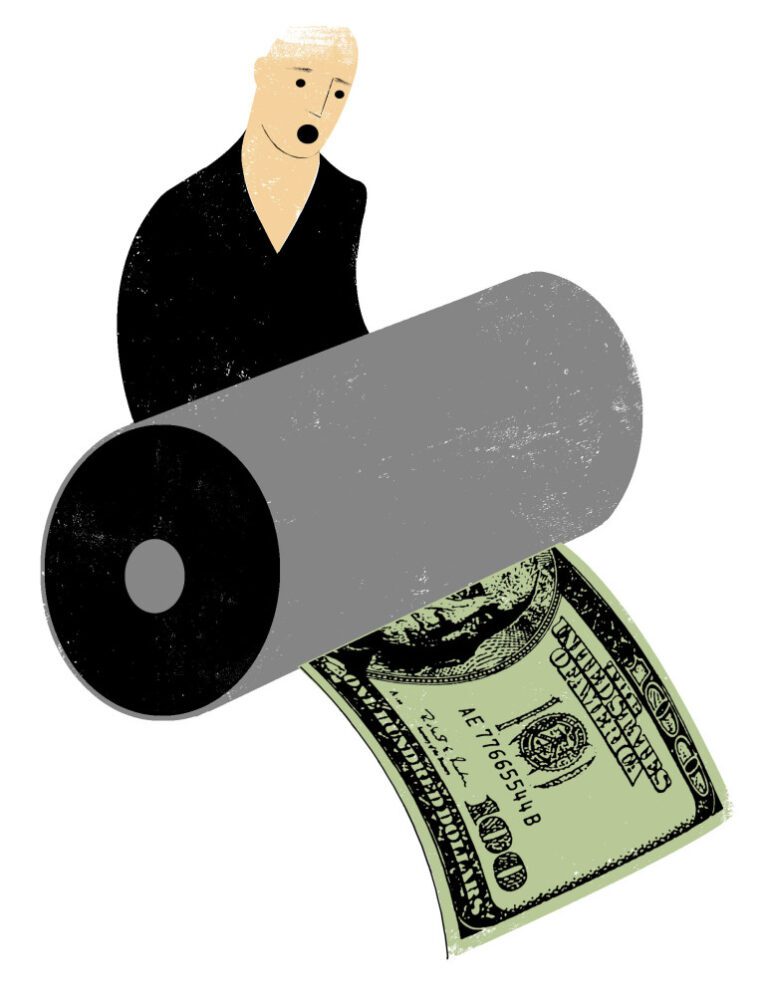Deceptive Sales and Pricing

Deceptive sales are a serious problem in many sectors of the business community. As a result, the FTC has issued a number of Guides against Deceptive Sales and Pricing which provide guidance to both consumers and enforcement agencies when determining whether certain acts or practices may be unfair or deceptive under the federal antitrust law.
The Act defines deceptive acts and practices as those that have the capacity or tendency to mislead, confuse, or taint a consumer’s perception of a product, service, or other matter in a manner that is not reasonable under the circumstances and is likely to affect the consumer’s decision or conduct in respect to a transaction. The FTC has three primary objectives in evaluating whether an act or practice is deceptive: First, the representation must be material; second, it must be misleading; and third, the consumer must interpret it reasonably.
Examples of deceptive representations include: Making false claims or promises, omitting material limitations or conditions from an offer, selling a product unfit for the purpose for which it is sold, and failing to provide promised services. Likewise, omitting information that is necessary to protect a consumer from being misled or to avoid a legal claim may be considered deceptive.
In addition to the FTC Guides, other federal laws are also applicable to deceptive sales and practices. These laws are generally based on the same principles as the FTC’s Act, but they vary somewhat in their application and in how they are interpreted by state courts.
Price Claims
If a retailer advertises the manufacturer’s suggested retail or list price, he should be very careful not to create the impression that he is offering a reduction from that price. This is especially true if the list price is followed throughout his trade area by a substantial number of the principal retail outlets, who are not engaging in business on a discount basis. In such a case, he should be able to show that the price quoted does not appreciably exceed the price at which substantial sales of the article are being made in the area – that is, the price that would be deemed a genuine bargain or saving by a reasonable consumer.
Similarly, when an advertiser makes a comparison of the sale price to a former price, it must be one that was offered for a substantial period of time in the near past. For example, a seller cannot hawk a product that once had a price tag of $50, but that never actually sold for more than $40, because it would be misleading to refer to “the former price” unless he has reduced the price by a substantial amount (at least 10 percent).
In addition to this three-part test, the FTC has an additional requirement. It is also necessary to prove that the consumer has been harmed by the deceptive representation, omission, or practice. This means that the consumer must have been harmed by an act or practice that is not only deceptive, but also unfair and unjust.

